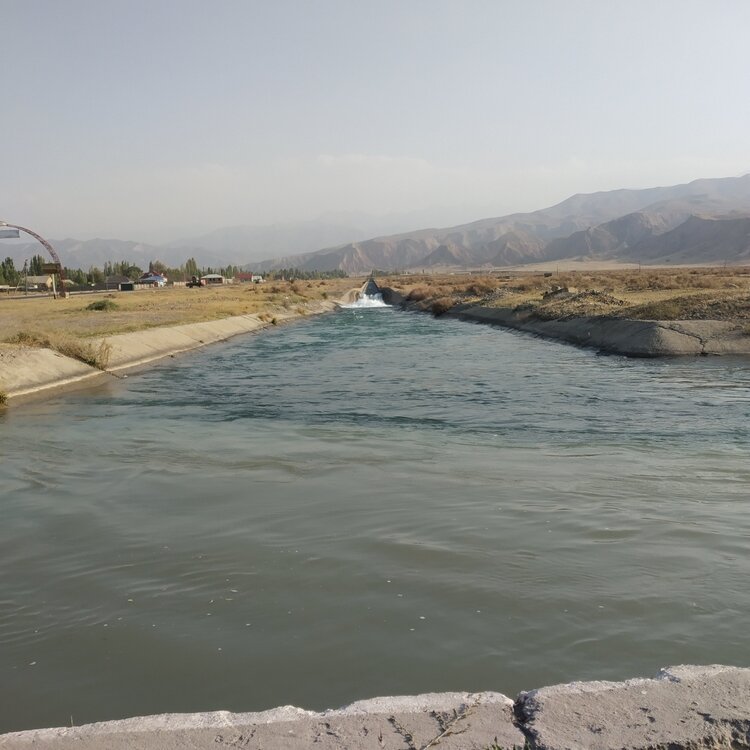Focus on Central Asia’s Acute Shortage of Drinking Water – The Times Of Central Asia


The Eurasian Development Bank (EDB) Highlights Water Availability as a Key Challenge in Central Asia

The Eurasian Development Bank (EDB) has declared water availability a particularly acute challenge in Central Asia, given that 10 million people, or 14% of the region’s population, currently lack access to safe drinking water.
Increasing Water Withdrawals and Deteriorating Infrastructure
Between 1994 and 2020, water withdrawals for municipal and domestic needs doubled to 8.6 cubic kilometers. However, since investment in drinking water falls short of meeting the growing demand, the infrastructure for the supply and treatment of water has severely deteriorated.
Funding Deficit to Achieve Sustainable Development Goal 6
The challenges facing the sector highlight the need for large-scale investment in water supply and sanitation in Central Asia. The annual funding deficit to meet the targets of the United Nations’ Sustainable Development Goal 6 (to ensure the availability and sustainable management of water and sanitation for all) is estimated to reach US $2 billion by 2025–2030.
EDB Report on Water and Sanitation in Central Asia
In response, EDB analysts have prepared a report to assess the level of investment required by the region to achieve the UN Sustainable Development Goal by 2030, including proposals for practical steps to secure the necessary funding.
Titled “Water and Sanitation in Central Asia”, the report will be launched on 28 June at the Eurasian Development Bank’s Business Forum in Almaty, Kazakhstan.
SDGs, Targets, and Indicators
-
SDG 6: Clean Water and Sanitation
- Target 6.1: By 2030, achieve universal and equitable access to safe and affordable drinking water for all.
- Target 6.2: By 2030, achieve access to adequate and equitable sanitation and hygiene for all and end open defecation, paying special attention to the needs of women and girls and those in vulnerable situations.
- Indicator 6.1.1: Proportion of population using safely managed drinking water services.
- Indicator 6.2.1: Proportion of population using safely managed sanitation services, including a handwashing facility with soap and water.
The issues highlighted in the article are connected to SDG 6: Clean Water and Sanitation. The article mentions that 10 million people in Central Asia lack access to safe drinking water, indicating a lack of progress towards achieving universal access to safe and affordable drinking water (Target 6.1). The deteriorating infrastructure for the supply and treatment of water also suggests a failure to meet the target of ensuring access to adequate and equitable sanitation and hygiene for all (Target 6.2).
The article mentions the estimated funding deficit of $2 billion by 2025-2030 to meet the targets of SDG 6, indicating the need for financial resources to achieve these targets. This aligns with the indicator 6.1.1, which measures the proportion of the population using safely managed drinking water services, and indicator 6.2.1, which measures the proportion of the population using safely managed sanitation services.
Table: SDGs, Targets, and Indicators
| SDGs | Targets | Indicators |
|---|---|---|
| SDG 6: Clean Water and Sanitation |
|
|
Source: timesca.com








